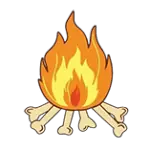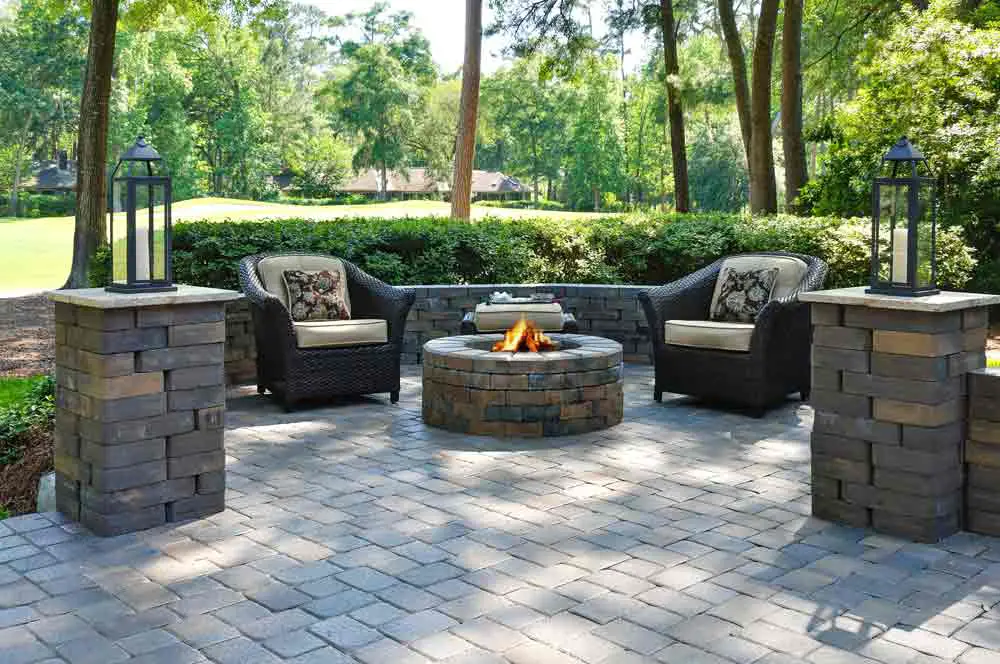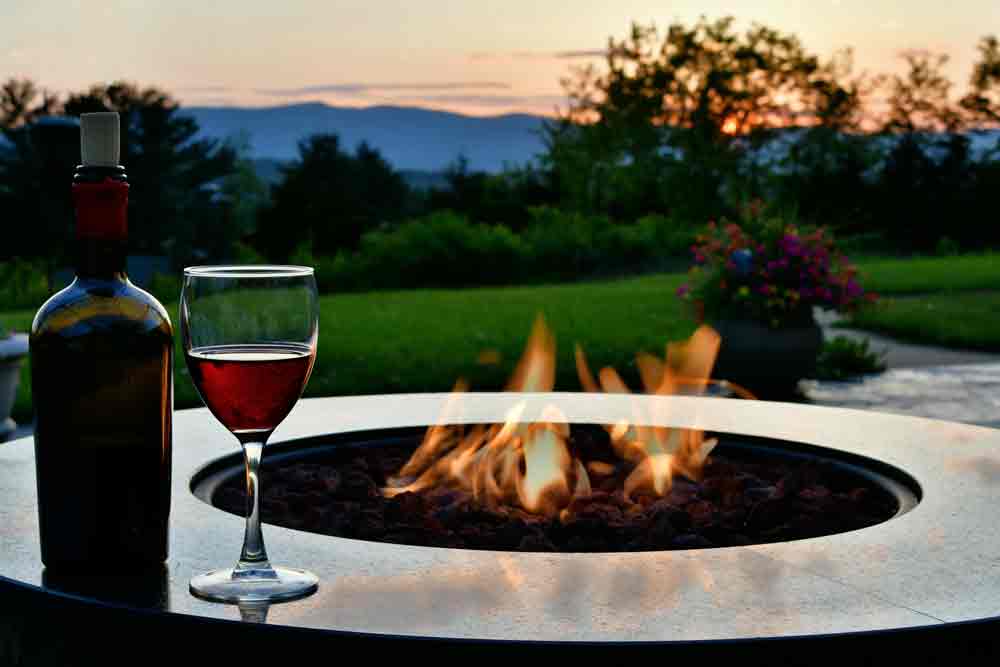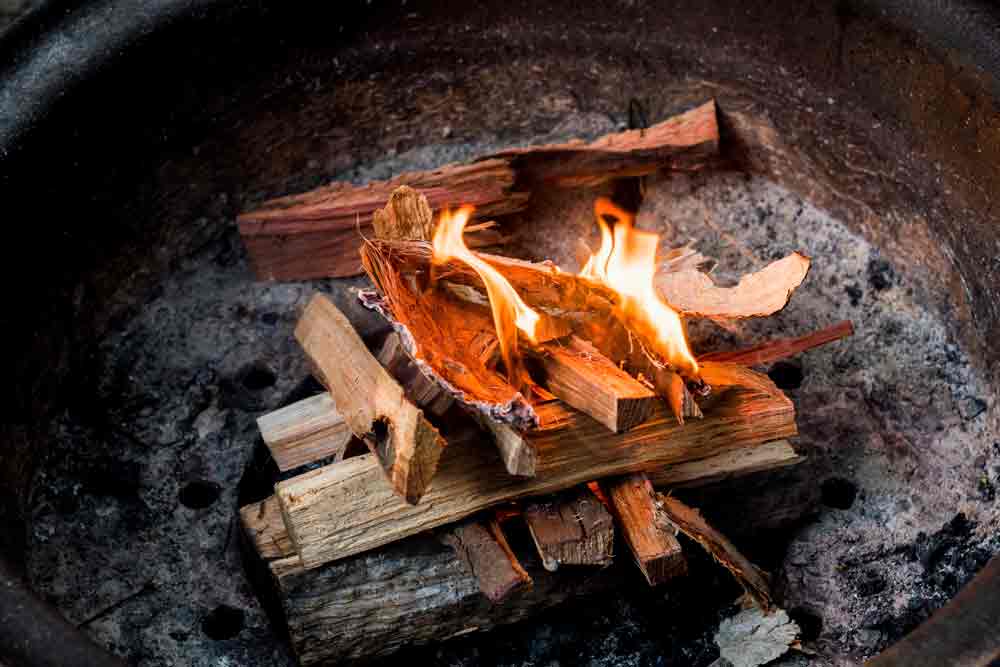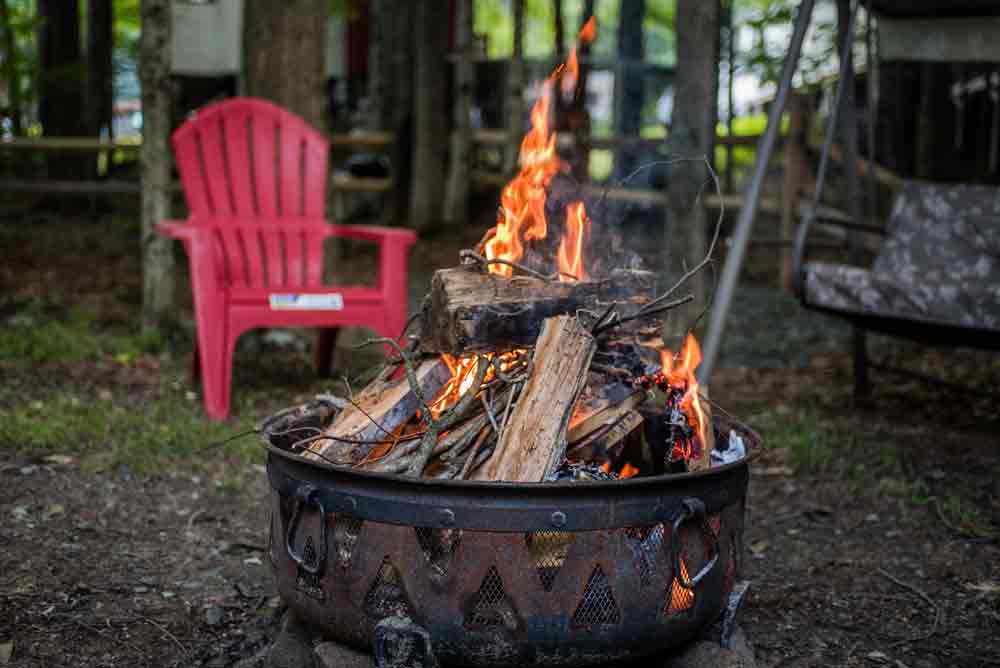It’s no secret that a fire pit is a hot commodity. These are attractive backyard additions that can dress up even the dullest gardens. Moreover, a fire pit can serve as an amazing gathering place for evening drinks, afternoon barbecues, and late-night s’mores.
Nonetheless, you should be aware of your local regulations, potential hazards, and construction requirements before you begin building.
We have outlined everything you need to know below, so keep reading.
What Are the Common Laws and Regulations Associated with Backyard Fire Pits?
Most cities and towns allow homeowners to light small recreational fires in their neighborhoods. A recreational fire entails burning a reasonable amount of wood. However, while wood-burning, an unreasonable amount of smoke shouldn’t be produced.
Many backyard fire pit safety laws and regulations are related to protecting those surrounding these fire pits. However, such laws also exist to avoid setting your property ablaze or tarnishing the air quality with harmful chemicals from wood burning.
Here are some of the fire safety guidelines and local laws associated with a backyard fire pit:
- All fires should be supervised and attended by an adult for the entire time it’s alight. You should never leave a fire pit when the flames are still burning.
- The height of your fires shouldn’t be more than 3 feet wide and 3 feet high. Towering fires can be dangerous, so you should avoid constructing such fires.
- Wind direction and weather conditions pose a serious threat to your neighborhood’s safety when someone has a fire burning. You aren’t allowed to use your fire pit if wind conditions are more than 15 miles per hour.
- One of the biggest concerns associated with a portable fire or built-in fire pits is the way these flames affect your neighbors. That’s why you need to ensure your fire is at least 10 feet from your property line.
- You’re required to have no tree branches hang over your fire pit.
- The flames from your fire need to be a safe distance from any combustible surfaces. This means that your fire pit needs to be at least 25 feet from your house, vehicles, shed, and deck. Additionally, your portable fire pit needs to be 15 feet away from any flammable materials.
What Can You Burn in Your Backyard Fire Pit? Safety Tips
In most instances, only dry, clean, and split wood can be used in your local fire. The material you decide to use is vital in ensuring this space remains healthy. Here are some of the types that you can safely burn on your property:
- Oak – Significant heat is produced from oak while these flames are steady and slow. It’s known for being one of the most readily available firewoods, so you can easily source these materials.
- Hickory – It burns hotter than oak maple and is denser. However, this can make it tough to split. It doesn’t hold onto moisture while burning well.
- Cedar – If you’re looking for prime heat when using your fire pit, cedar is the right choice. This wood type can be misleading because it doesn’t produce massive flames while still offering exceptional warmth.
- Ash – Ashwood is widely known as a prime choice, as it burns easier while retaining less moisture and doesn’t produce as much smoke when compared to other firewoods. This makes it the best wood type for a bonfire or campfire.
Poisonous gas, chemicals, and smoke aren’t only offensive, these are dangerous to your neighbors, children, and pets surrounding this outdoor fire. Burning materials can have a permanent effect on the nearby area, which is why only permitted matter should be used when building a campfire.
Restrictions are placed on toxic materials, as burning these flammable products could pose a severe health hazard. Here are some of the products you shouldn’t burn in your fire pits:
- Magazines
- Wooden pallets
- Particleboard
- Cardboard
- Paper
- Sumac or poison ivy
- Plastic
- Trash
- Painted or pressure-treated wood
- Green, leafy branches
- Dried grass
How Can You Put Out This Fire?
Embers and coals can retain heat for hours (or even days). That’s why it’s vital to handle your fire’s remnants carefully. After an intense fire, you should leave the ember, coal, or ash out for a few days. Stirring and spreading these embers or coals out across your fire pit helps stop these flames from restarting. Additionally, sand, dirt, or water could be used to extinguish the heat.
Where Should You Put a Fire Pit in Your Yard?
The rules of many communities require you to have a 10-foot distance from your neighbor’s yards and your house. This is according to the Seattle Fire Department. However, you should check with local ordinances to understand the exact rules regarding your community.
In some locations, your community doesn’t require a permit if these fire pits fit within set size requirements. However, other areas might require an inspection to ensure your proposed outdoor location fits with the fire pit guidelines in your community.
Nonetheless, when it comes to installing these fire pits, you should always ensure the location is away from overhanging branches, fences, and any other structures. You also want to avoid including this fire pit on your deck or patio if these structures are made from wood.
Regarding a portable fire pit, you can place it directly on your grass. This is because grass is generally seen as being fire-resistant unless it’s dried. Additionally, some communities might have restrictions on what you can burn. Lighter fluid and specific firewood might be prohibited.
How do You Build a Safe Fire Pit in Your Backyard?
When building a fire pit, you want to look at the various models you can choose from. You can pick between wood-fired and gas fire pits.
Propane or natural gas are some of the most common fuel options aside from using firewood. A natural or propane gas fire pit is an excellent option if you’re looking for instant flames while firewood options are suitable if you prefer the sound of a crackling fire. If you want to add seating to your fire pit, it’s best to ensure it’s far enough away for individuals to move around safely.
Above all, you should ensure all related safety measures are implemented and align with your community rules before you begin building.
Wrapping It Up
Your yard is an excellent place to house a fire pit. Nonetheless, you should ensure its fuel area fits the regulated parameters. Of course, you want to remain nice and toasty, but you can quickly find yourself burnt if you don’t pay careful attention to how you construct this fire pit. Moreover, you want to ensure that the air surrounding this area is clean and healthy, so you should only feature approved firewood types like the one mentioned in this article. If you follow these regulations, you should be golden!
